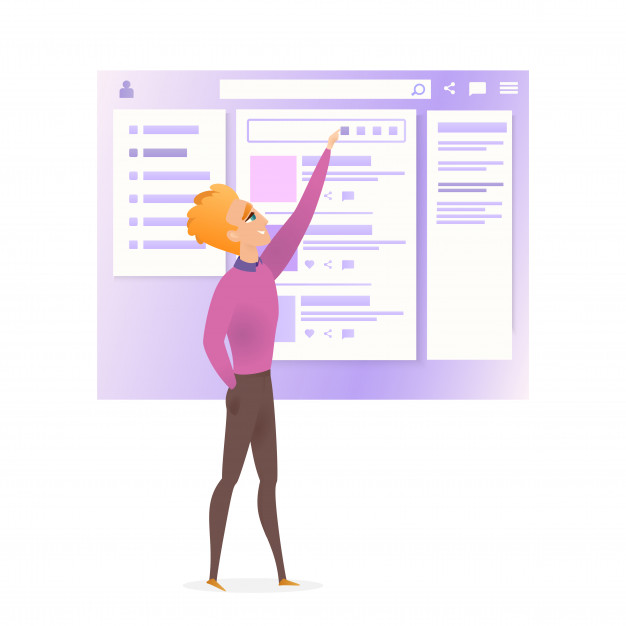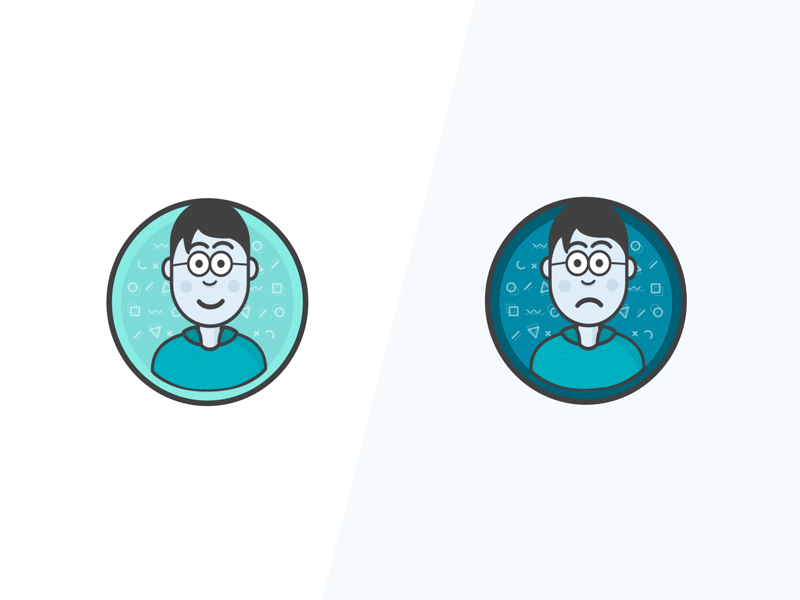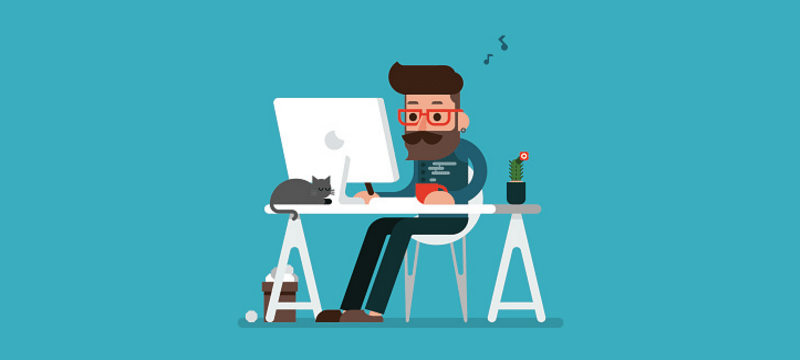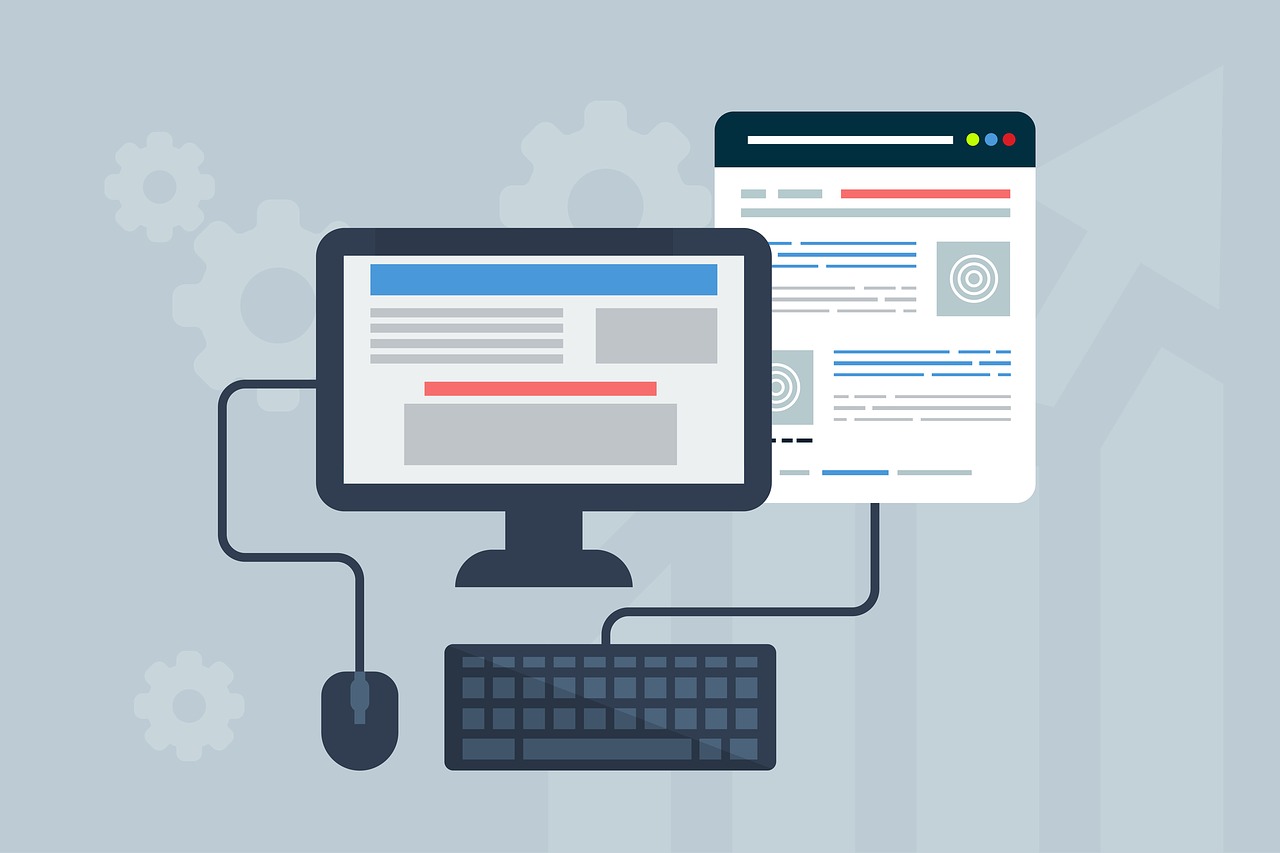Whether you are new to user experience or an in-house digital team who owns a company or an employee struggling harder with the modern digital world; it is tough to get a robust UX design process. There is no one solution which fits all as the process entirely depends on the project.
Why does UI design need to Evolve?

With the rise in complexity of the projects, it has increased the chances of risks. A risk further can be magnified by the critical nature of the digital projects as organizations do not have to longer operate without any effective digital presence.
To resolve this, user interface design needs to deliver a significant investment and some serious consequences. The users are continuously raising the stakes with the expectations. There is no accurate way to create a user interface but a new shift can become a linear approach to something more iterative where the collaboration is the key and ideas are validated on a continuous basis.
Why is the iterative design so vogue in marketing and web design philosophy in current times? The reason for this is it works.
In this article, we will have look at a few reasons for using the iterative approach for your UI design for the most effective and efficient results.
Improvised Usability

The approach to iterative design helps to give you a clear road towards better improvement. The more you test and refine your digital experience, the more usable it is going to be. It has been found that iterative design can actually improve the usability across a number of metrics by including an overall user satisfaction rate along with the number of usability problems and time consumed to complete task scenarios.
Efficient and Cost-Effective Approach

By looking at its testing and constant improvement, one may seem that the iterative design can be a little expensive and time-consuming. But it can prove you wrong here. The iterative design allows less time on making documents which can describe and lay out the design as you were doing in a traditional waterfall approach. Instead of this, you can surely go for spending more time on designing to make a better product.
Other than this, you can also fix problems and perform maintenance which becomes more efficient with the iterative design. As you fix up the things coming your way and improve as you go, you try to avoid falling into a situation where you have to do a large overhaul of your website. Instead of that, the iterative design approach helps you to stay on notch by making the required changes which are needed to be made as they come up.
Feedback, Feedback, and Feedback

The major benefit of using the iterative design approach is that involves a lot of user testing. All of this testing amounts to what is essential to a huge resource of user feedback that is used to improve the website design and usability by ultimately improving your overall customer experience.
User testing and feedbacks help you to understand which elements of your website are working properly and which are causing the trouble. You can also find the root cause of the problems which you may know exists but do not really know why they do. For instance – if you see a spike in abandonment for any e-commerce website at a certain screen while surfing through it, the site owners can likely get to know about it with the aid of a user feedbacks. To this, user testing can be extremely important.
With the iterative design approach, the regular cycle of prototyping, testing, and refining is a great technique to give a red flag to any potential problems occurring at the early stage of the design process rather than getting to know about it at the very end. This can help you to save those extra bucks and time by redesigning down the line.
The Road Ahead
Iterative design can be considered as one of the most powerful tools which you have to use in your design arsenal. When you approach your web development as a living and evolving project instead of static things, it can help to improve constantly.
UI testing becomes vital as it provides a valuable collection of the user feedback which can help to improve your website and understand what is working for you. Along the way, you will fall in love with the iterative approach as it improves usability across key metrics and becomes more efficient than your traditional waterfall approach. Keep Learning!
Banner illustration by Jonathan Amoroso
Author Bio
Stephanie Donahole is working as a Business Analyst at Tatvasoft Australia, a web development company in Australia. Her aim is to sharpen her analytical skills, deepening her data understanding and broaden her business knowledge in these years of her career. She loves to write about technology innovation and emergence. Follow Her on Twitter .



